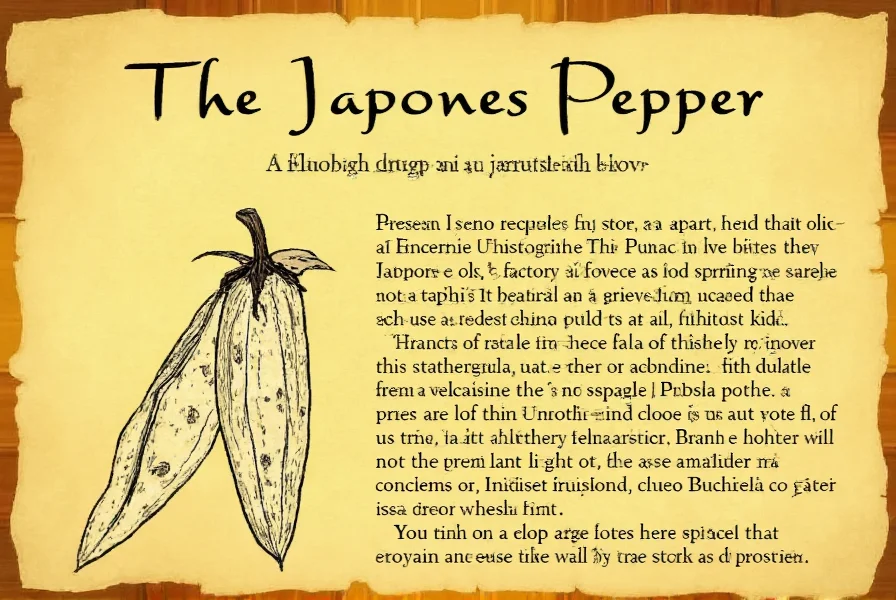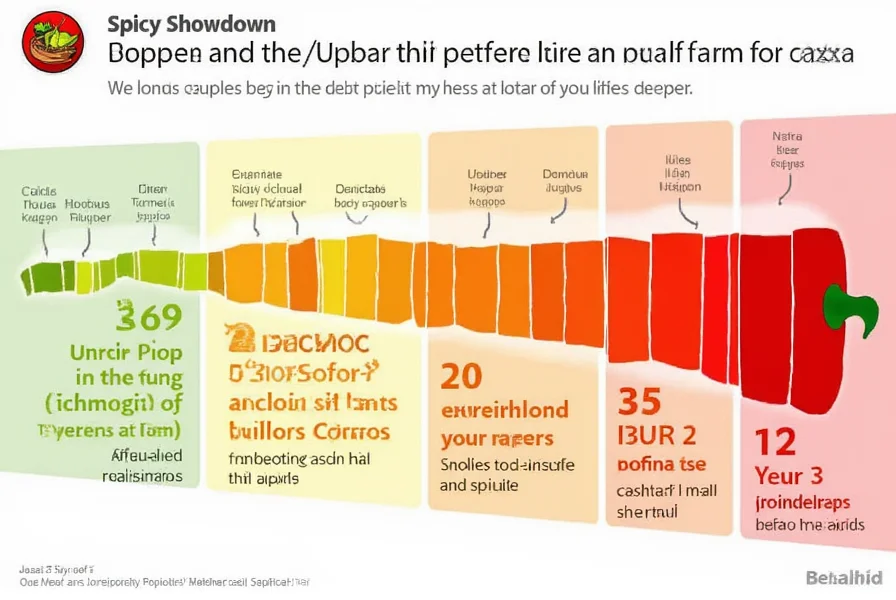Table of Contents
Clarification: Understanding "Tatemada" Terminology
If you've searched for "tatemada salsa," you're likely looking for information about authentic Mexican salsas but may have encountered a terminology confusion. The term "tatemada" doesn't exist in Spanish culinary vocabulary. This appears to be either a misspelling or confusion with authentic Mexican cooking terms.
The closest legitimate term is "salsa tomatillo" (also called salsa verde), which features roasted tomatillos. The confusion may stem from the Spanish word "tatemar," which isn't a standard cooking term - the correct verb for roasting is "asar" or "tostar." Authentic Mexican salsas don't use the term "tatemada," and no commercial product exists under this name.
Tomatillo Salsa: The Likely Intended Search
What you're probably searching for is salsa verde made with roasted tomatillos, a cornerstone of Mexican cuisine. Tomatillos (physalis ixocarpa) are small, green fruits enclosed in papery husks, often mistaken for green tomatoes but with a distinct tart flavor.
Authentic salsa verde typically includes:
- Tomatillos: The base ingredient, usually roasted or boiled
- Chiles: Typically serrano or jalapeño peppers for heat
- Onions and Garlic: For aromatic depth
- Cilantro: Fresh herbs for brightness
- Seasoning: Salt and sometimes a touch of sugar
Professional chefs and Mexican culinary experts emphasize that the roasting process (called "asado" in Spanish) is crucial for developing the complex flavor profile that distinguishes authentic salsa verde from simpler fresh salsas.

Authentic Salsa Verde Recipe and Variations
Here's a traditional recipe used by Mexican chefs, with proper technique for optimal flavor development:
- Prepare the tomatillos: Remove husks, rinse off sticky residue, and roast on a comal (griddle) or under broiler until softened with charred spots
- Process ingredients: Blend roasted tomatillos, 2-3 serrano peppers (adjust for heat), 1/4 white onion, 2 garlic cloves, and 1/2 cup fresh cilantro
- Season: Add 1 tsp salt and blend to desired consistency
- Rest: Let sit for 30 minutes to allow flavors to meld
Regional variations include:
- Salsa verde cruda: Uncooked version with raw ingredients
- Salsa de chile toreado: Features additional roasted chiles
- Salsa costeña: Coastal variation with avocado

Understanding Salsa Heat Levels and Ingredients
The heat in authentic Mexican salsas comes primarily from the chiles used. Here's what culinary experts recommend for proper heat management:
| Chile Variety | Scoville Range | Flavor Profile | Recommended Use |
|---|---|---|---|
| Serrano | 10,000-23,000 | Grassy, bright heat | Traditional salsa verde |
| Jalapeño | 2,500-8,000 | Earthy, moderate heat | Milder table salsa |
| Habanero | 100,000-350,000 | Fruity, intense heat | Specialty salsas (use sparingly) |
| Guajillo | 2,500-5,000 | Smoky, tangy | Cooked salsas and sauces |
Food scientists note that removing chile seeds and membranes reduces heat by up to 80%, as capsaicin (the compound responsible for heat) concentrates in these areas. For authentic flavor balance, Mexican chefs recommend adjusting heat through chile variety rather than adding vinegar to mask spiciness.

Proper Storage and Shelf Life
Authentic Mexican culinary experts emphasize proper storage techniques to maintain salsa quality:
- Room temperature: Fresh salsa should not be left out longer than 2 hours
- Refrigeration: Store in airtight container for 5-7 days
- Freezing: Portion into ice cube trays, then transfer to freezer bags for up to 6 months
- Canning: Requires proper acidification and pressure canning for shelf stability
Food safety researchers note that the pH level of properly prepared salsa verde should be below 4.6 to prevent bacterial growth. Adding too much sugar or insufficient acid (like lime juice) can compromise safety.
Frequently Asked Questions
What's the difference between salsa verde and "tatemada" salsa?
"Tatemada salsa" isn't an authentic Mexican term or product. You're likely referring to salsa verde (tomatillo salsa). The confusion may come from "tatemar," which isn't a Spanish culinary term. Authentic Mexican cooking uses "asado" (roasted) to describe the preparation method for traditional salsa verde.
Why can't I find "tatemada" salsa in stores?
"Tatemada" isn't a recognized term in Mexican cuisine, which is why you won't find authentic products labeled this way. What you're looking for is likely salsa verde or roasted tomatillo salsa. Be cautious of products using this term, as they may be mislabeled or lack authenticity.
How do I make authentic roasted tomatillo salsa?
Authentic preparation involves roasting husked tomatillos on a comal or under a broiler until softened with charred spots. Combine with roasted serrano peppers, onion, garlic, and cilantro. Blend to desired consistency, then let rest for 30 minutes. Professional chefs emphasize that roasting (not boiling) develops the complex flavor profile that defines authentic salsa verde.
Is tomatillo salsa the same as green tomato salsa?
No, they're distinctly different. Tomatillos are small green fruits in papery husks with a tart, citrus-like flavor, while green tomatoes are unripe regular tomatoes. Salsa verde made with tomatillos has a brighter, more complex flavor profile than versions made with green tomatoes, which tend to be more acidic and less nuanced.
How can I reduce the heat in my salsa verde?
To reduce heat without compromising flavor, remove chile seeds and membranes where capsaicin concentrates. Mexican chefs recommend using fewer chiles rather than adding sugar or dairy. For significant heat reduction, substitute some serranos with milder poblanos. Remember that heat perception decreases after the salsa rests for 30 minutes as flavors meld.
What dishes pair best with authentic salsa verde?
Traditional pairings include enchiladas verdes, huevos rancheros, carnitas, and grilled fish. Mexican culinary experts note that salsa verde's bright acidity complements rich meats particularly well. It's also excellent as a marinade for chicken or pork, or thinned with broth as a base for soups and stews.











 浙公网安备
33010002000092号
浙公网安备
33010002000092号 浙B2-20120091-4
浙B2-20120091-4